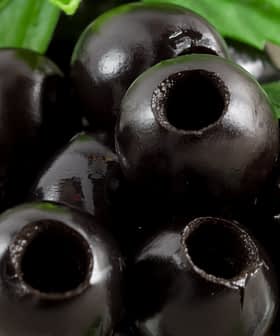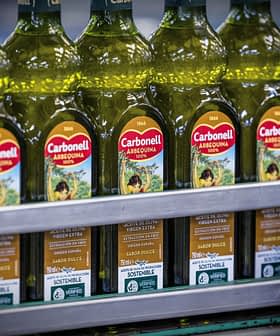Wildfires Unlikely to Impact 2019 Production Figures in California
Olive growers have largely been spared the fate of wine producers, who are likely to suffer setbacks from the Kincade fire that raged through Sonoma county late last year.
The 2019 wildfire season has come to an end in California. In spite of being the smallest fire season since 2011 – in terms of acres destroyed – several blazes burned throughout the state’s olive-growing regions.
While wildfires destroyed cropland and residential properties in Kern, Monterrey, Los Angeles, Riverside, San Luis Obispo, Santa Barbara, Sonoma, Sutter, Tehama, Ventura and Yolo counties – all of which are olive producing regions – few farmers reported damage to their crops.
Neither we nor our grower partners in the state have had any of our orchards affected by the fires last fall.
The California Olive Oil Council (COOC) had previously estimated that the 2019 harvest in California would yield about 13,800 tons. While some in the sector believe this figure was a bit too optimistic, overall olive oil production is not expected to be impacted by the wildfires.
“I have heard that the periodic power shutdowns by the power companies in wildfire-prone areas during periods of high wind did affect at least one processor, and this may have impacted their operation for a limited period,” Dan Flynn, the executive director of the UC Davis Olive Center, told Olive Oil Times.
See Also:2019 Harvest News“I have not heard that the wildfires have been a major factor on olive oil quality and quantity, but I also have not had comprehensive discussions with growers about this,” he added.
Patricia King, the new executive director of the COOC, told Olive Oil Times that it was still too early to tell what the final harvest would be and did not comment on whether wildfires would have an impact.
“We will not know the final production until approximately late May, as we are currently in the process of certifying the oils,” she said.
Olive growers have largely been spared the fate of wine producers, who are likely to suffer much larger setbacks in light of the Kincade fire that raged through Sonoma county.
Olives survived the virulent fire season thanks to their wider window for harvest. Unlike wine grapes, which require harvesting during very specific windows, often as short as a single night, olives that will be pressed for oil can be viably harvested over several weeks or months.
Both grapes and olives are delicate fruits and are extremely sensitive to smoke damage, relative to heartier crops grown in the region such as almonds and garlic. The threat comes from volatile compounds called phenols found in wood smoke.
Any significant exposure during the life-cycle of the crop results in a condition called smoke taint. Smoke tainted fruits take on a characteristic burnt, ashy or medicinal flavor that can show up in wines or oils pressed from the exposed harvest, according to the Australian Wine Research Institute.
During inclement weather, wind can carry these damaging phenols hundreds of miles from an active fire, threatening crops across a much wider and more exposed area.
Many California olive growers simply harvested their olive crop before nearby fires threatened their livelihood with smoke damage. In a recent survey administered by Olive Oil Times, only two producers from the United States said that wildfires had impacted their production.
“We had a very strong harvest this season. We have produced some of the highest quality extra virgin olive oil in our 20-year history,” Michael Fox, the CEO of California Olive Ranch, told Olive Oil Times. “Neither we nor our grower partners in the state have had any of our orchards affected by the fires last fall.”








